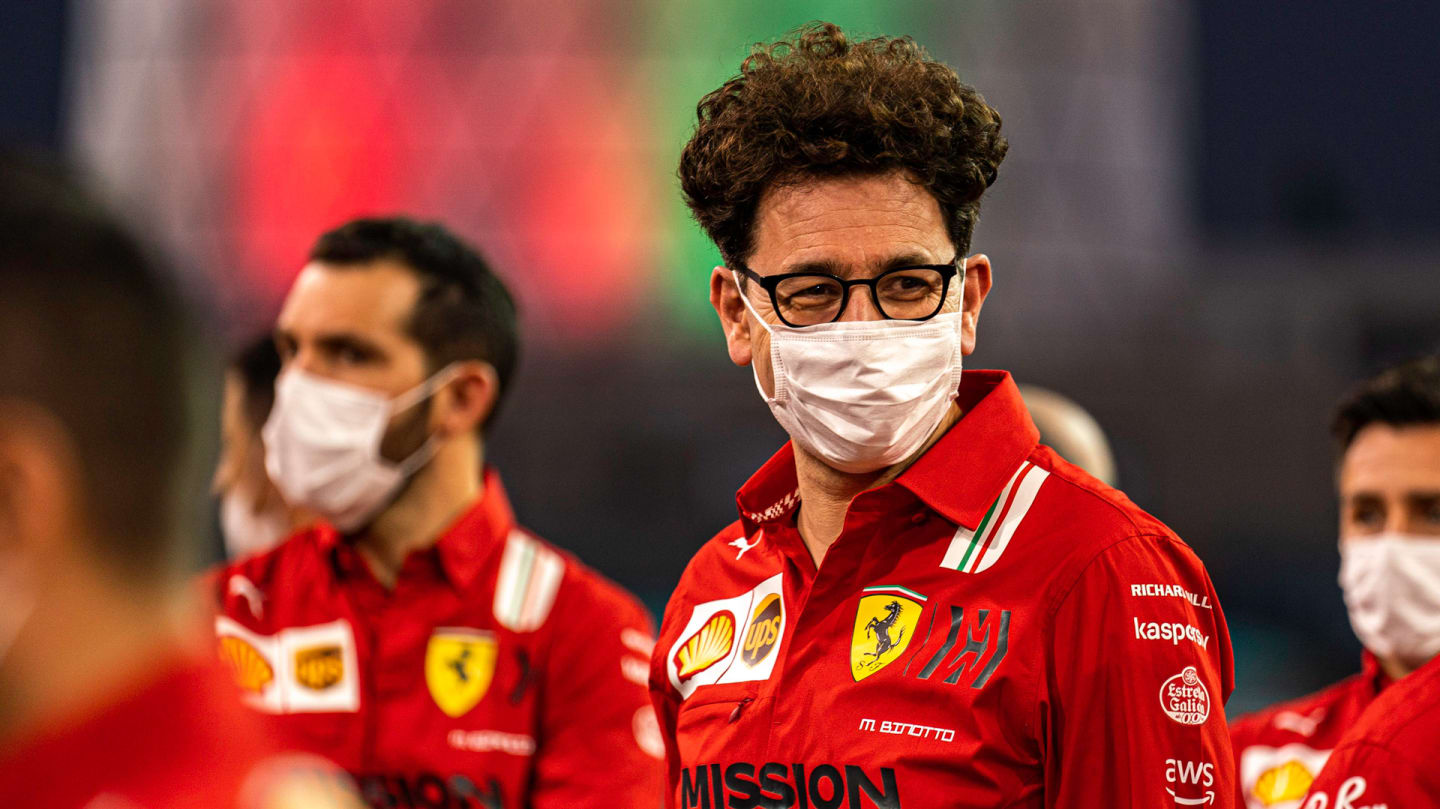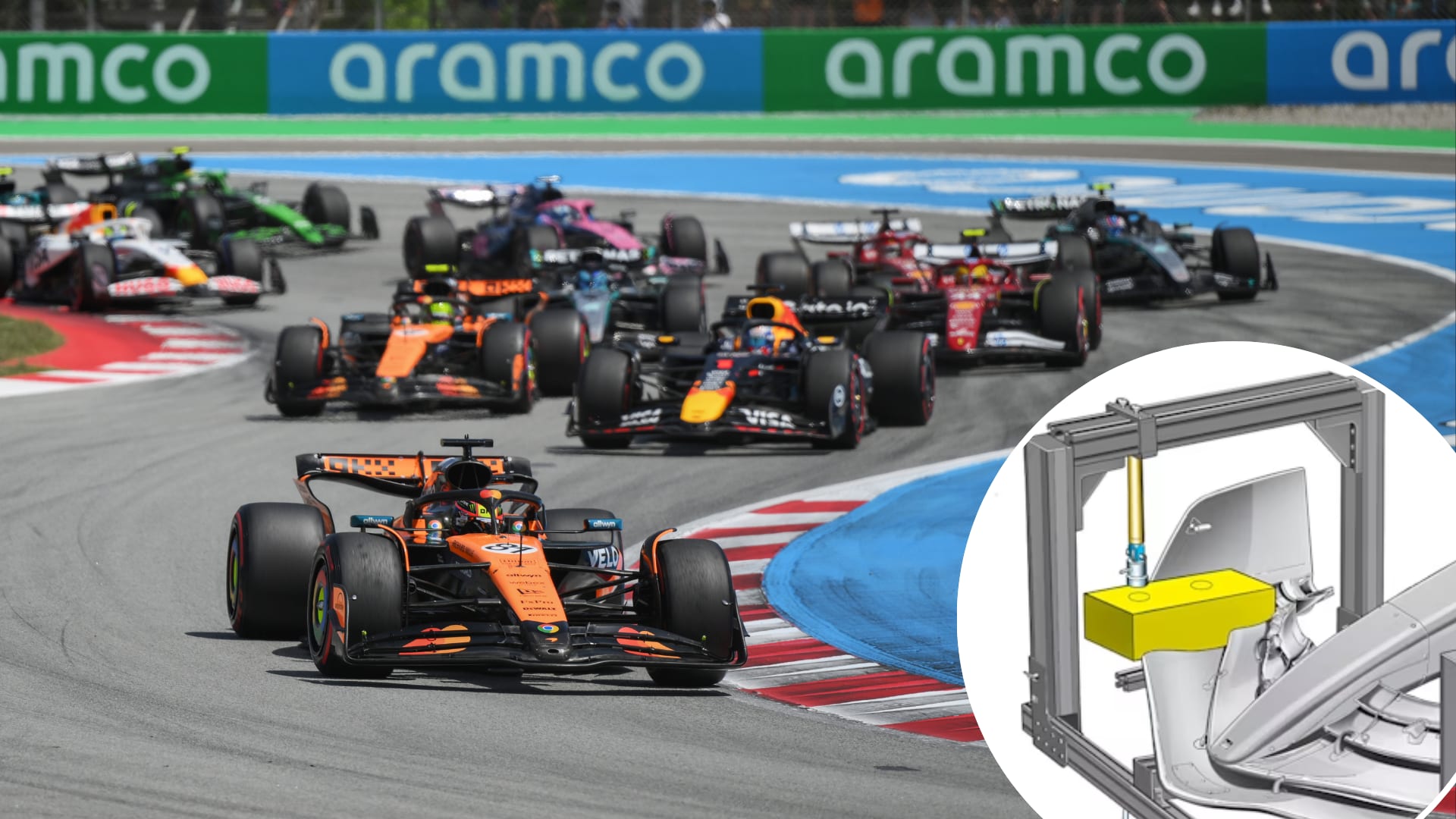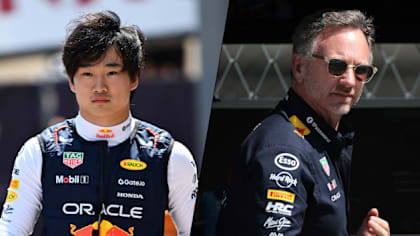
Feature
IN NUMBERS: Just how good was Ferrari’s 2021 Formula 1 campaign?
Share

On paper, Ferrari’s 2021 campaign was a significant improvement on the previous season – which was their worst in 40 years – but where did the famous Prancing Horse make improvements and how much of a step forward did they really make?
Three places up on 2020
In Ferrari’s annual Christmas media session back in 2020, Team Principal Mattia Binotto said the Scuderia’s “minimum objective” was to finish third in the constructors’ championship the following year, after they had suffered the ignominy of finishing sixth. They delivered on that aim, quite comfortably in the end, catching and overhauling McLaren with a strong end to the year.
READ MORE: Sainz '100% ready' to fight for 2022 championship with Ferrari after best-ever season
The red cars of Carlos Sainz – who took third at the season finale in Abu Dhabi - and Charles Leclerc scored an impressive 323.5 points between them, 192.5 more than Ferrari clocked up the previous year. In the drivers’ championship, Sainz earned the best-of-the-rest accolade with fifth overall, his best ever finish, two places clear of Leclerc, who took two poles in 2021.
“If you are finishing in a better position in the classification, it means in terms of overall project, the car has improved,” said Binotto.

Binotto was pleased with his team's performance, while remaining realistic that there was still more to do
Qualifying improvements shows better ultimate performance
Central to Ferrari’s woes in 2020 was a car that was too draggy and an engine that lacked of grunt – their power unit was fourth and last in terms of pure power based on data. It meant that they were often nowhere in qualifying and making Q3 was a challenge. They ended the year with an average grid spot of 10th. This improved by more than three places to 6.5 in 2021, making Sainz and Leclerc’s life easier in terms of strategy come Sunday afternoon.
But how much better was the car? Well according to Ferrari, relative to Mercedes the team improved from 1.3s per lap adrift to 0.6s, more than halving the deficit. Binotto said that gap was actually even better – 0.4s – at the start of the season, but they dropped back as the Italian squad turned off development and switched their attention to 2022.
“We are fully aware that we have not closed the gap to the best, and 0.6s is clearly a big number, but the objective was to reduce the gap. We were fully aware of the situation of 2020 and being realistic, it was impossible to close the gap.”

Sainz ended his season on the podium for the fourth time in 2021
Making gains on Sunday afternoon
Ferrari struggled to get into the top 10 in 2020, let alone challenge for the big points – but they had no such problems last year. They had 38 top-10 finishes – more than any other team (Mercedes and Red Bull were next best on 35 apiece) with both Ferraris in the points in 17 of 22 races. Only once did Binotto’s team fail to score – that was in France where they couldn’t understand the tyres.
As a result, they improved their per race points average from 7.7 to 14.7. This kind of form suggests three positive outcomes. Overall, the package is faster; they can extract plenty out of that package (on average there was only 0.05s between Ferrari and McLaren, say the Italian team, during the season and yet they scored 48.5pts more); and the car is far more reliable, with their DNFs down from six in 2020 to one (plus a DNS for Leclerc in Monaco).
“We have been more solid during the race weekend, we have been more solid in the race preparations, and have been more solid in race management through the weekends themselves,” said Binotto.
In terms of pure performance, Ferrari say they cut the gap to Mercedes by three tenths of a second to 0.8s, but concedes that is still a “significant gap”.

Will Leclerc be back to fighting for poles and wins consistently in 2022?
Engine development a real strength
The work Ferrari have done on their PU over the last 18 months or so is perhaps their most impressive feat.
Focus was on the hybrid system last year, with the team able to not only bring a 2022 development forward to 2021, but they delivered it with eight races to go – five events earlier than planned. It proved to be a success, both in terms of performance and reliability, and was critical in the team moving ahead of McLaren and into P3.
“It was a significant change, not only in terms of design, but also production and usage,” said Binotto. “The team worked very hard to anticipate it as much as they could. It has been a big effort from the team, trying to push as hard as they could to introduce it as early as possible.”
DHL Fastest Pit Stop Award - 2021 Abu Dhabi Grand Prix
Every little helps with gains in pit stops
Ferrari tightened things up in and around their pit stops in 2021, according to their data, with an average stop taking 2.55s – down from 2.72s for an improvement of nearly two tenths of a second.
The consistency was significantly better, too, with 73% of their stops under three seconds, versus 48% the previous campaign.
READ MORE: Ferrari set to open talks with Sainz regarding post-2022 contract extension
“For me the ‘below three seconds [figure]’ is an important number, as it shows the consistency,” said Binotto. “What’s more important is not always to be the fastest but making sure you are consistent, so you know when the car is coming in, you know that within the three seconds you are finishing the pit stop and it is not becoming five because then you have an issue on strategy and lose positions you were not expecting.
“Again, these numbers are showing encouraging progress. We are not yet the best, but I think that certainly as a team in terms of trying to improve in all the areas it has been achieved in these numbers, the progress we have made.”
And this is the crux of it. Ferrari are not yet the best. They are still a way from it. But they are making steps forward in multiple areas – and Binotto reckons that bodes well. “It’s step by step and it is by recovering such a gap you may create solid foundations for the future.”
YOU MIGHT ALSO LIKE
News Downbeat Hamilton says he learned ‘absolutely nothing’ from triple header after tough run to P6 in Barcelona
News Horner vows to give Tsunoda time at Red Bull after 'flashes of performance'
Podcast BEYOND THE GRID: Valtteri Bottas on his break from racing, pushing for an F1 return and talks with Cadillac, Alpine and more
Feature SPAIN LOWDOWN: All the key moments as Piastri stars, restart chaos ensues and footballers descend on the paddock




